Published 29/7/2019
Alisha Lovrich is a sports photographer who’s captured images in one of the most challenging environments of the profession and covered many of Aotearoa and the world's athletes greatest achievements.
We caught up with Alisha to talk about her love of the arts, pre-shoot routines, and best photography techniques in the fast paced world of sports.
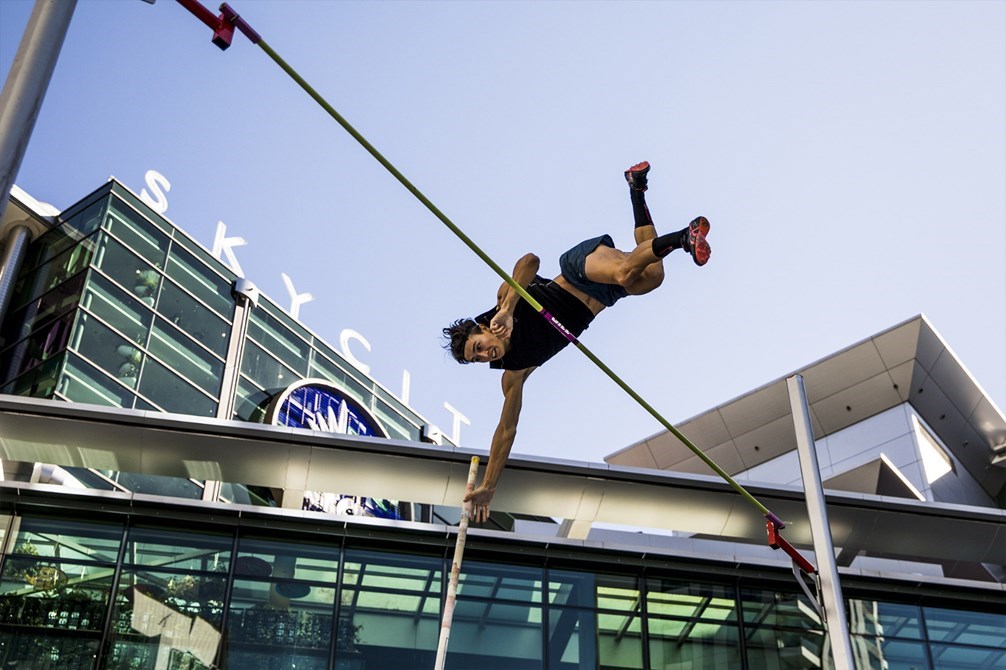
Tell us a bit about yourself, how you got started in photography.
Funny story, never had any desire to be a photographer growing up. Absolutely nothing at all.. Throughout my childhood I was always really into art, as a kid I would do extra curricular art classes because I just loved it so much and often got asked to join art holiday programs that were catered for older kids. As I progressed through high school I found a love for design, mainly graphic design but also a love for illustration and used to combine these skills in my art work at high school, which drove me to my choice of degree - a Bachelor of Design (Graphic Design) at AUT.
In your first year of the Graphic Design degree at AUT you have a compulsory Pictorial Studies paper, and a large component of it is, alas, photography! I initially rolled my eyes at the fact I had to go buy a camera and do this heavily weighted photography assignment. So I went out and bought a Canon 600D plus the classic entry level twin lens kit and went out and did my assignment and classes. I fell in love! Here is a medium that was almost instant, but I could combine all my artistic and design knowledge, of colour, of composition, of movement and emotion. What the image is communicating to the viewer and with it being digital, I got instant feedback. Part of my assignment you had to use Manual (and export metadata so the markers could tell). So I fluffed around with settings and tricks and experimented though uni and our epic studio resources to develop my style, and realised this is something I want to do as a career.
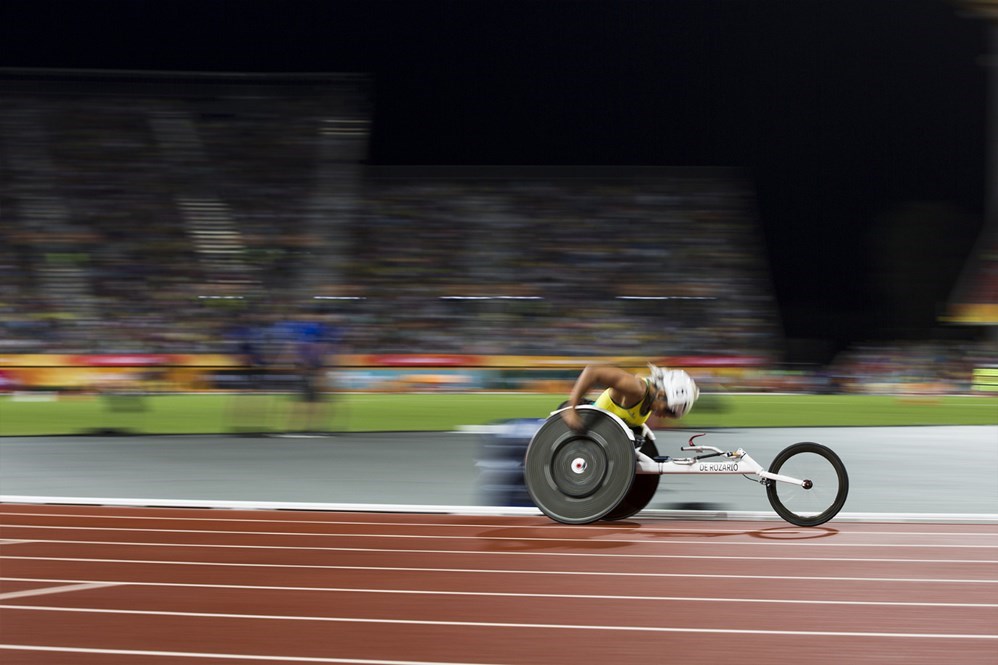
Most of your work is grounded in sports. Tell us about your initial entry into the world of sports photography.
Aside from my passion for art, my whole life I have been involved in sports. Playing multiple sports at a competitive level, I ended up in my final year of high school, filtering it out to just the one sport, athletics, to make it easier to manage going into my final year of school and tertiary studies. My venture into sports photography was similar to my venture into photography as a whole.. total accident. It was the summer after my first year of university, and picked up an injury, meaning finishing up my season short and missing out on the last major competitions of the season. So I decided to come along to the track with my trusty 600D and take photos of my friends competing instead and chuck them up on Facebook for my friends to see. Tell ya what, I absolutely loved it and long and behold it launched my sports photography career, that started voluntary with Athletics Auckland, that eventually turned into contract work with Athletics New Zealand; the work that really kick started my career.
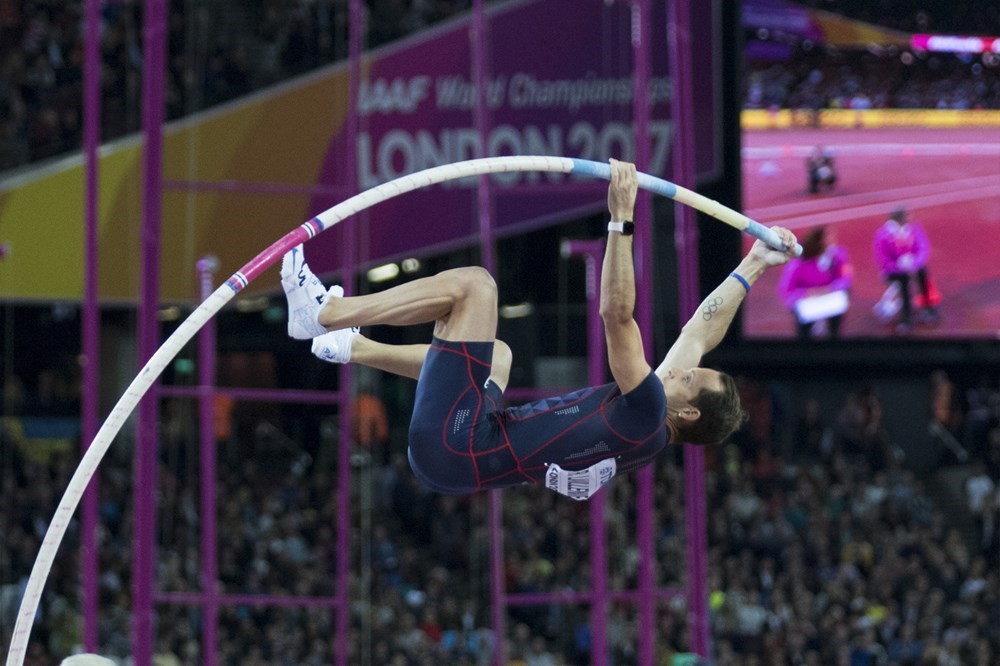
Do you have any mental or physical routines you go through to prepare for a shoot?
I am real big on visualisation. I like the morning of a shoot to be stress free, so my mind is clear. I make sure I leave with plenty of time to allow for classic Auckland traffic. I use the actual drive to the shoot as a time for visualisation and to just get into the zone and not think about anything else: just driving and the shoot (its Auckland so there is plenty of time for that). For shoots where I am away from home, the transit time for me replaces that mental preparation. Physically.. gear is heavy.. (as we know) whether it is big lenses or carting around lighting setups, it is quite handy to be reasonably strong so you don't tire as much during a shoot. Lucky for me my pole vault training complements this rather well. And sometimes if I really can't be bothered using a monopod on my 300 2.8, I don't! Means I can move fast too.
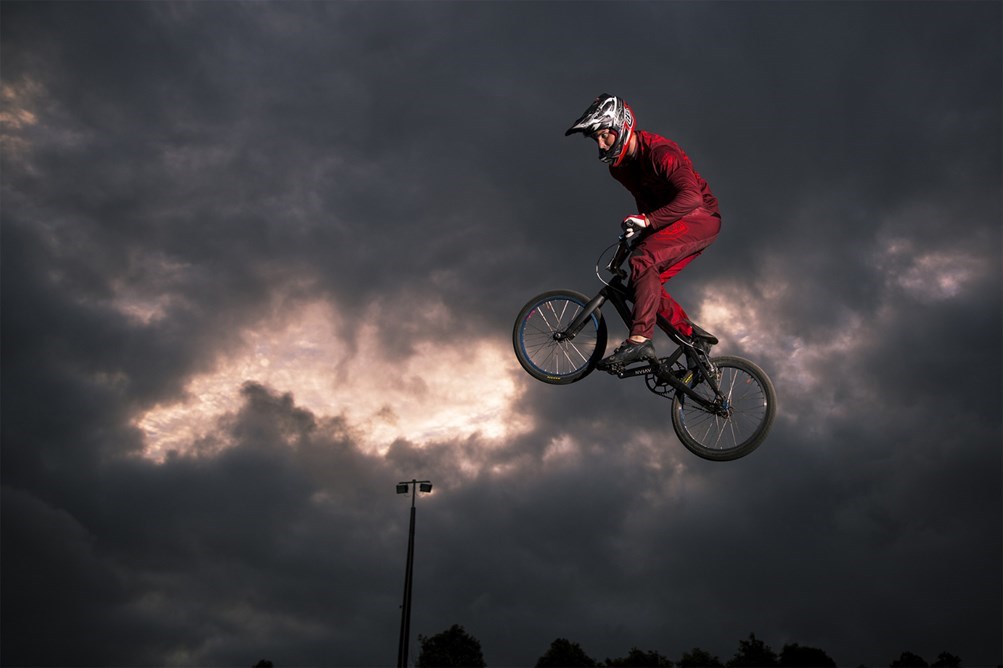
What are some of the challenges of shooting in such a fast paced genre and how do you choose the right photo amongst all the action?
As a sports photographer you always need to be 2 steps ahead of the game. Being an athlete myself it helps because I think like an athlete which can help me anticipate the action. But, it is sport, so nothing goes as planned so you also have to able to think and react fast to whatever is thrown at you. I always spend time watching and shooting the warmups, which acts as a warmup myself, seeing how the athletes move and seeing what shapes compositions I can create. It also helps if you know the sport you are shooting, pays to watch it a few times so you can learn to read it and see opportunities for cool shots instead of just 'spray and pray' haha. Also know your key players, and the favourites at big championships. Planning is always a challenge but essential, especially in a stadium you have never shot before! So I spend time before hand getting my bearings around a stadium and getting to know all the access ways, and it is sport so there is only so much you can predict, so you have to be flexible. Honestly stadiums and access is the most challenging. Finding where you can stand, where you can put your remotes, fastest route to get to another spot, where the athletes are likely to celebrate, and when there is no moat for photographers, you have to deal with the crowd too! As there are only around 15 people allowed infield at a major championship at any time so you only get one jump/one throw so you spend most of your time on the outfield. At the Commonwealth Games that was a pretty big challenge at the athletics. At the athletics stadium there was no moat, only designated photo seats. One night when Eliza McCartney and Dame Valerie Adams we're competing, the stadium was completely sold out and they started to sell some of the dedicated photo seats too! So it was near impossible to move around in the packed stadium! One night I broke my joystick on my 5D3 as I was trying to shimmy past all these spectators to get to the entry point for infield access and when I was infield I couldn't really do anything about it as it was hanging from the body. So I just jammed it back in the buttonhole and would deal with it later. Except that was one of the main ways I moved my focus point in camera!!! So while i was infield for this one jump, I also had to get my brain used to moving the focus point with the shutter + aperture dials instead! Ha, no pressure!
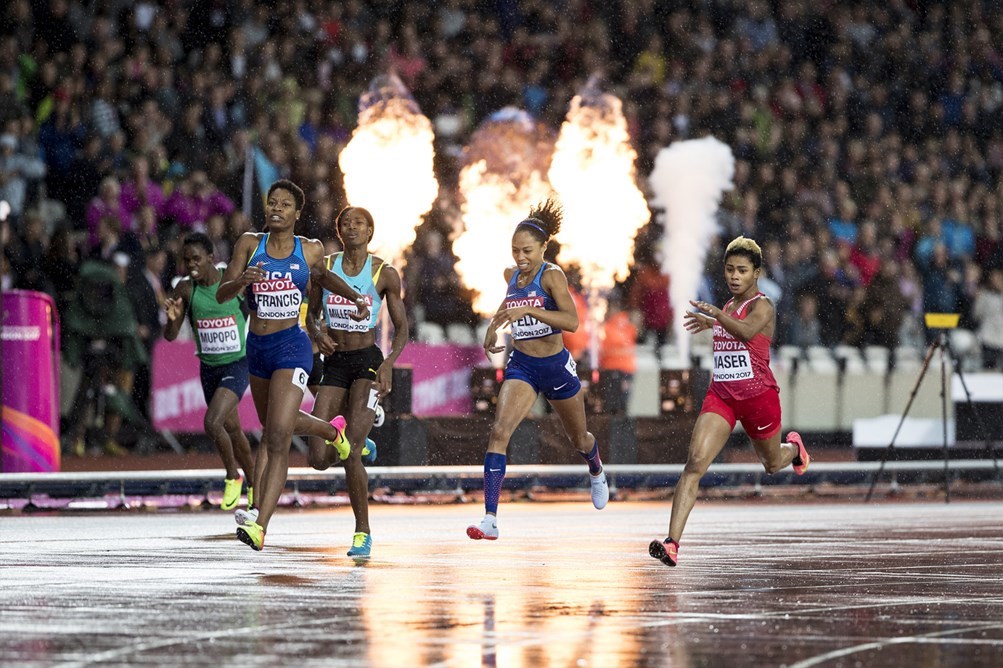
Your style has a journalistic aesthetic to it. Tell us about your thought process and technique in composing for movement, mood and environment.
Really similar to above, ultimately I am there to tell a story. While asking all my questions to myself in my initial 'loose' plan I also think about these journalistic aesthetics. How can I have a play with the lighting to enhance the mood. How can I capture the triumph, anticipation, athleticism, and emotion of the athlete? Is it with fiddling with the exposure to play with the lighting or is it with composition? Where is your eye leading? I start to bring in my graphic design knowledge when thinking of this, which also goes into the editing room and making decisions editing. I have a look at the environment to see if I can incorporate some more aesthetic images using the environment. Where is the sun or lights? What is in the background (or foreground)? Then all those questions sit in the back of my mind, and in the moment I rely on fast thinking and creativity to bring these into my photo stories. My favourite images are the more emotional ones, that tell the story of the moment. They are my primary focus and I pay attention to how athletes celebrate to achieve those. The aesthetic 'arty' images usually come in the heats, opening heights and low key competitions where I have the opportunity to play without the pressure.
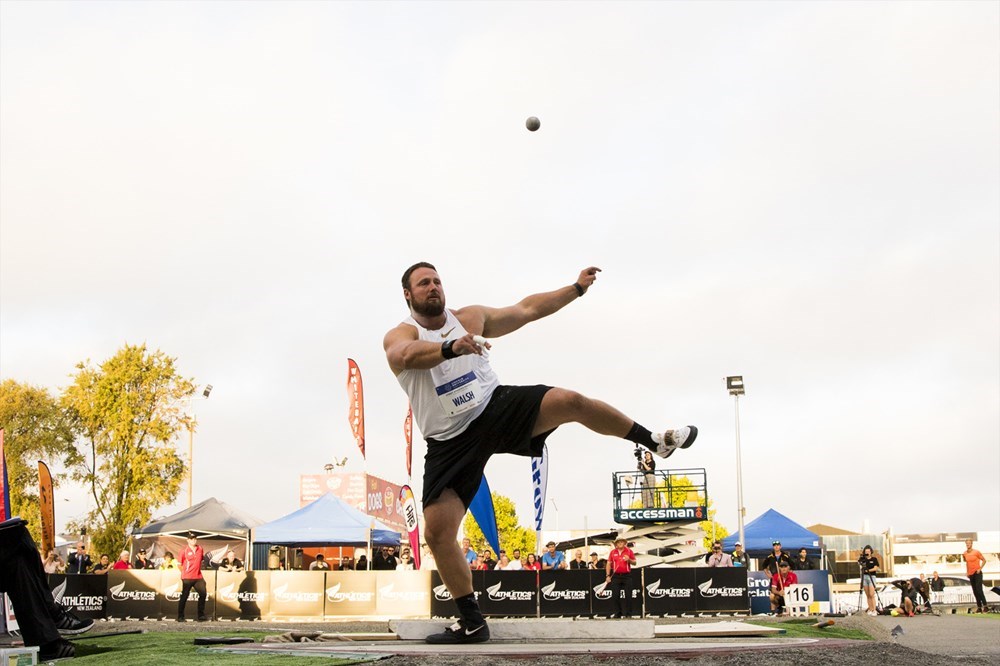
Most of your work is shot in colour but there is the occasional black and white shot. Tell us about your personal colour perceptions and what compels you to use black and white.
To be honest, probably the biggest reason is messy and clutter in backgrounds / weird colours etc, so I flip to black and white to avoid those distractions and focus on the subject. But I also love black and white photos for those images when the athletes are getting ready, in thought, in the zone etc. I find it helps to focus just on that rather than the noise and give more mood and emotion to the image. However most sports assignments don't actually want me creating black and white images, so the majority of the black and white imagery is edits I have done for myself. I love black and white and with some images it has a cool abstraction to it, but often it is required me to deliver in colour.
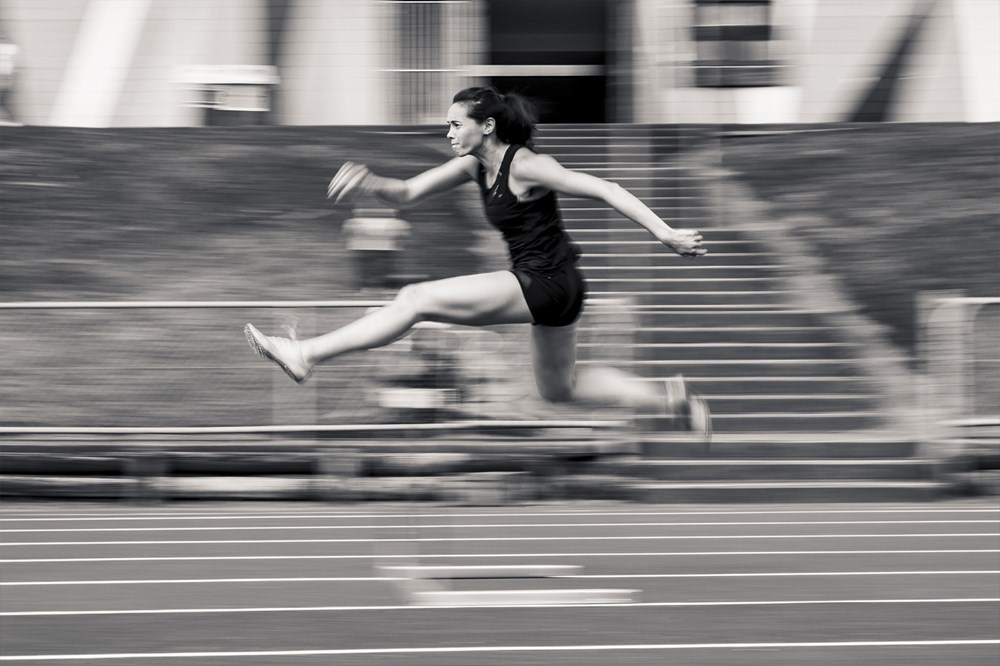
You use a mix of lighting techniques with both natural and artificial lighting setups. Talk about how you use lighting in your work.
I often use artificial lighting setups when shooting sporting commercial and editorial work. I use artificial to make the subject pop, and often when shooting against a setting sky, so I can see athlete + sky. I also use lighting to convey mood as well as the athlete's strength for action and portraits. I really like artificial lighting as I love playing and experiment with shaping it for the look I desire and I use it a lot in my other photography work. However, in an actual sporting event it is often illegal to use flash, so I like to play around with the lighting I have got. Whether it is creating silhouettes with the sun, using the shadows for creative effects, or using the stadium lighting for a different looks and effects.
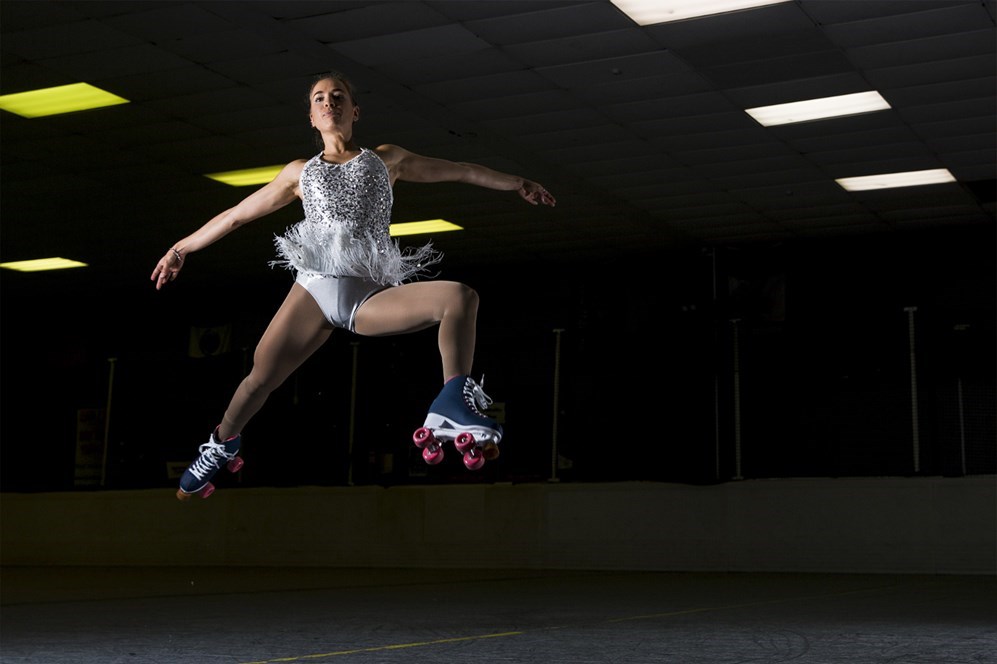
You've shot photos for many high profile clients and sports people. What advice would you give to young photographers trying to break in to the sports photography world?
Honestly, just ask your local team/sport you want to get into if you can come and shoot it for them! If you know people in the sport that helps too, get them to let you tag along. It's a great way to practice and get into it! As well as a help for your exposure and to build your sporting portfolio. Sport is pretty hard as it is so it's great to practice on events you have no pressure on, helps you craft your style and get used to the fast pace. Oh and be nice! Contacts are your best friend, helps your work be seen, helps you head in the right direction to start working in the area.
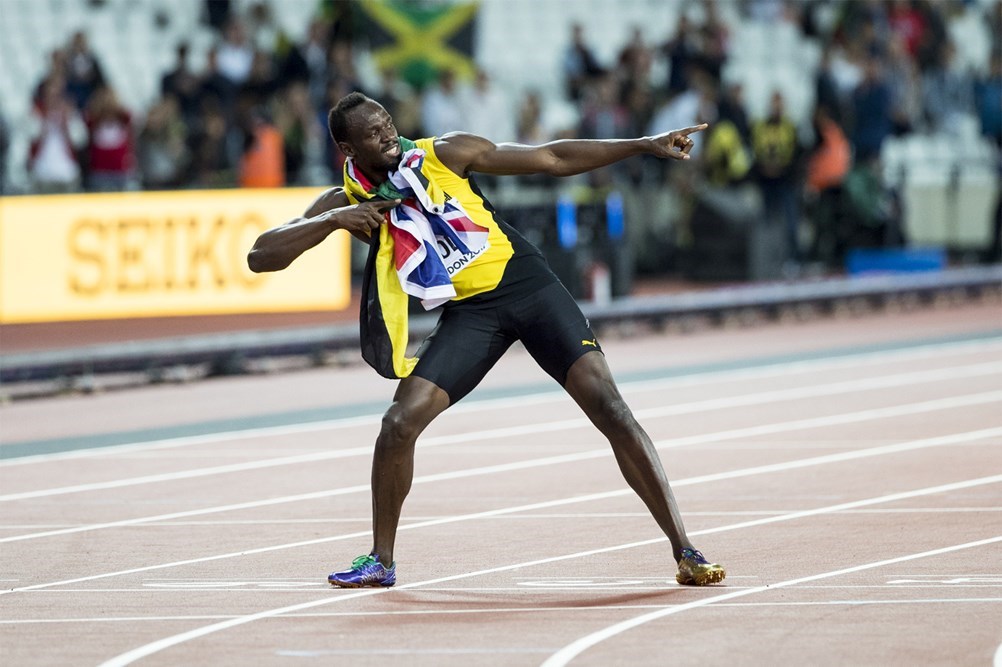
You also shoot other styles outside of sports. What are some of the main differences in how you approach different subject matter?
For events and weddings, often I approach it the same way I shoot sports, I tell a story, I show emotion. But for other work, I slow it right down. Yes you still have to think fast and on your feet to tackle situations, but there is a lot of planning and patience to make sure you get the shot right. It is really nice to mix it up between fast paced sport and events so commercial, portrait and lifestyle work where you have full control so you can really get creative! (Well most of the control, can't control the weather!)
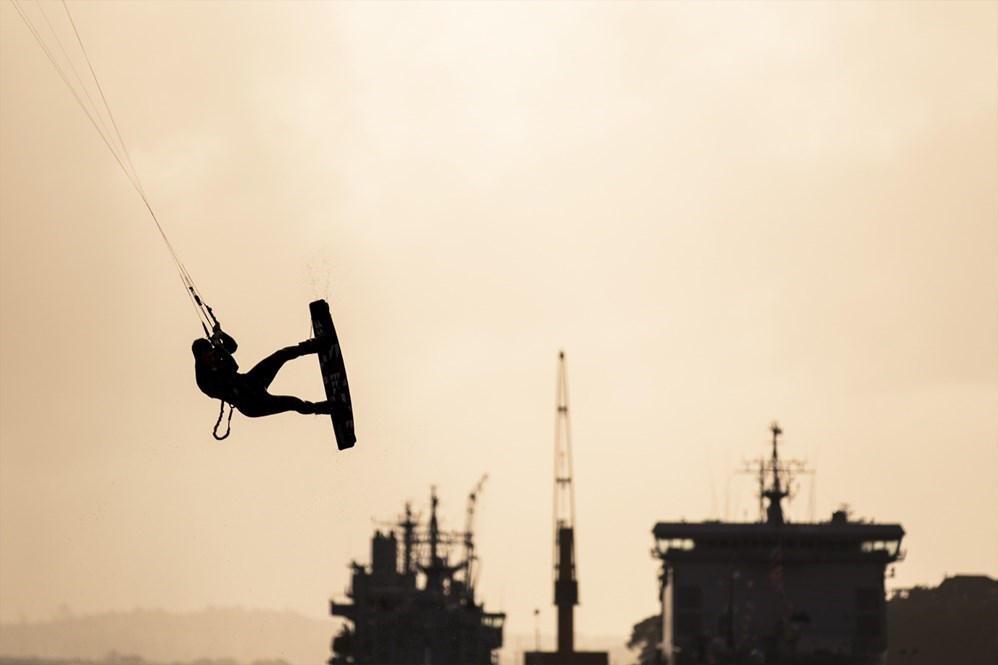
How important is social media and how does it affect the way you create?
Social media is a great platform for getting your name out there! But it is also a great way to follow and learn from other incredible photographers from around the world! I follow heaps of photographers in all the areas I shoot and I find it great for inspiration and I am always hunting for new ways and new styles to try! You just have to be careful of the pitfalls of comparison anxiety, as it is easy to always compare yourself to others but just keep working on your own style. It is also a great way to create relationships with athletes and see what the athletes you photograph are up to. Sharing images with them also helps with your exposure as their following can see your work.
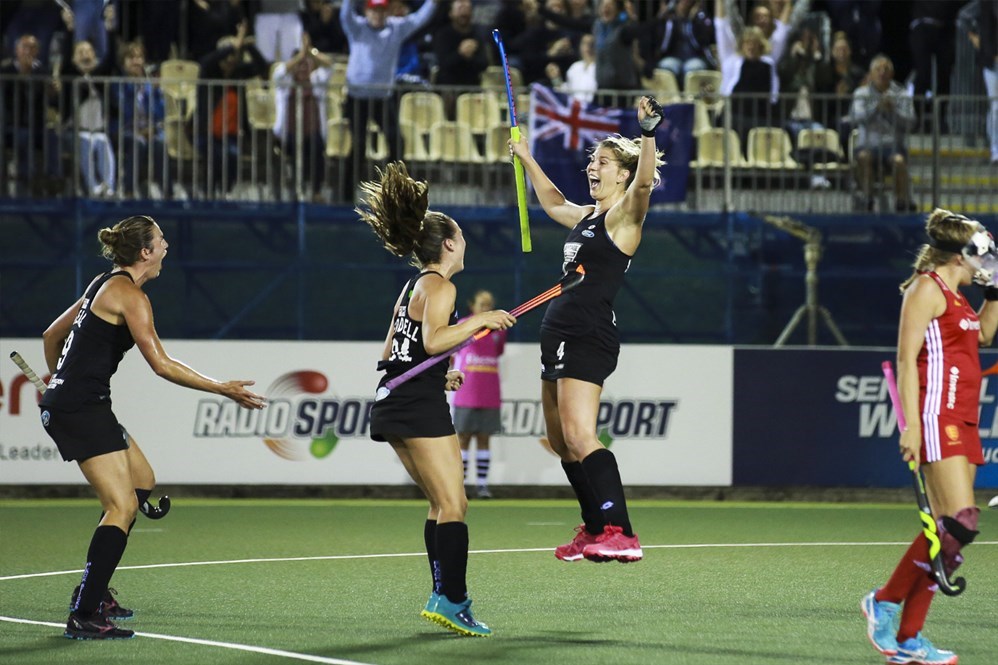
What are some of the ongoing shooting techniques/mediums you experiment with?
I really like playing with a slow shutter pan, I love the way it shows movement. And I also love furthering playing with lighting! I also bought a drone so I am loving playing around with that as a completely different perspective on imagery. The other thing that is different with a drone is I am used to seeing the scene first then capturing the focus I see in the scene. With a drone you only see really what the camera sees, which is an interesting perspective. I am also continuously experimenting with grading techniques in Lightroom, to see what I can pull from my images. I have like 50 homemade presets of random things I have tried haha!
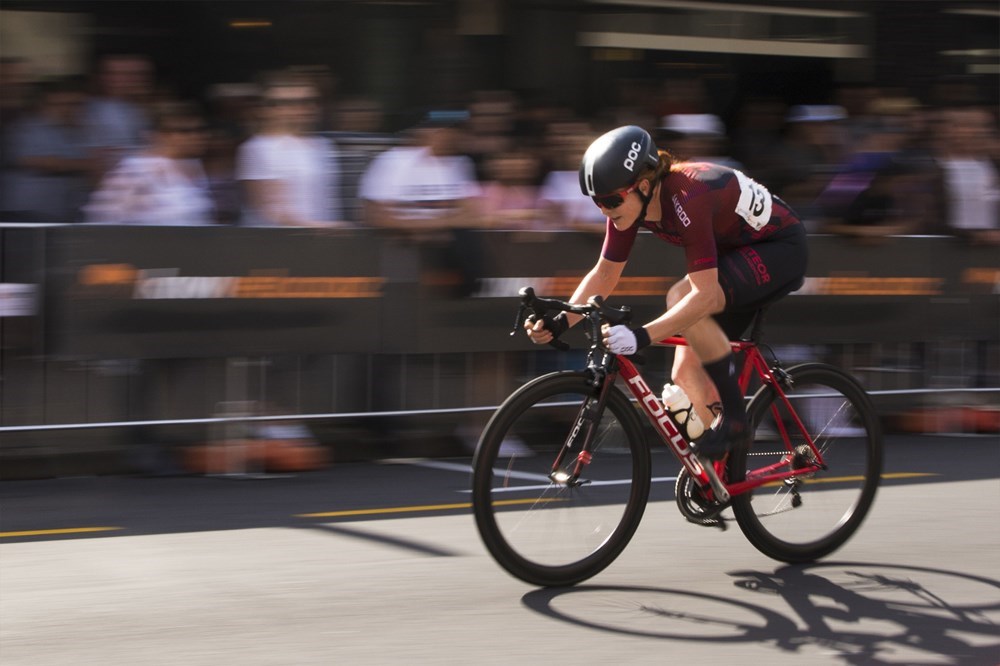
Which part of photography do you like best ie. Shooting, editing or something else?
Definitely shooting. I love getting out there and the feeling of nailing the shot. I also do like editing and how you can use it to convey mood in an image. And of course I love seeing my work out there, whether it is advertising, online content or in the newspaper.
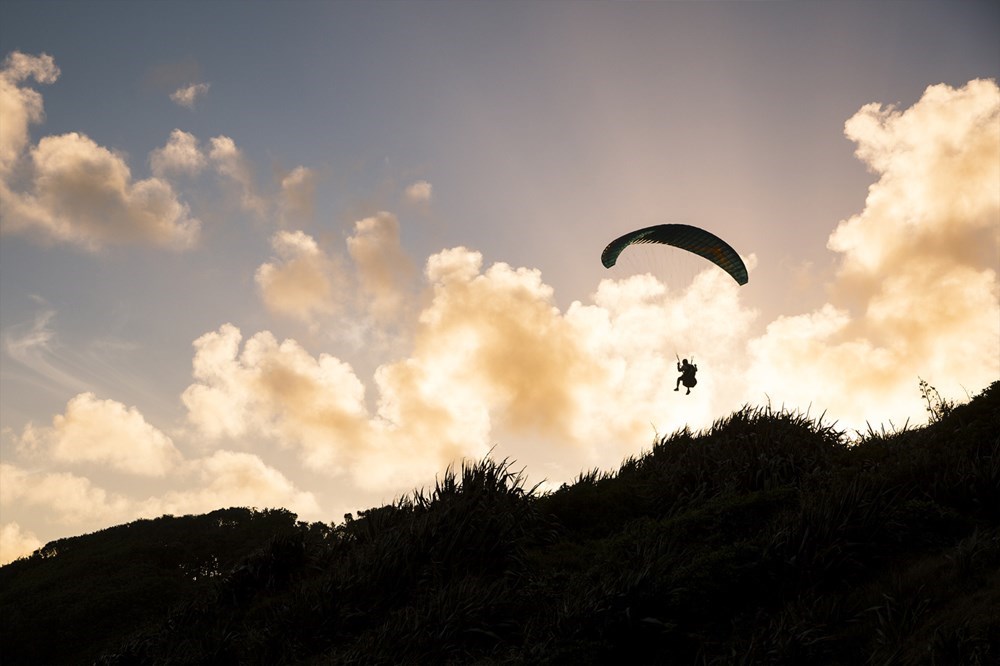
What things do you do outside of photography that informs your creativity?
Before I took photos I drew, all my life. So I like to get a sketchbook out as much as possible. But more or not, trying to do 'nothing' is the best way I can recharge the creative batteries, and I try to have a minimum of one day a week where I don't go near my working laptop and will use my old one if I want to watch a movie. I read a book, do some yoga, catch up with friends etc. I find the weeks when I don't do this, the creative juices start to fry a bit.. and you don't want that! I have always been a naturally creative person I just need to look after it. I know the signs when I am getting a bit stale and that's when I step back and go do something that has nothing to do with photography.
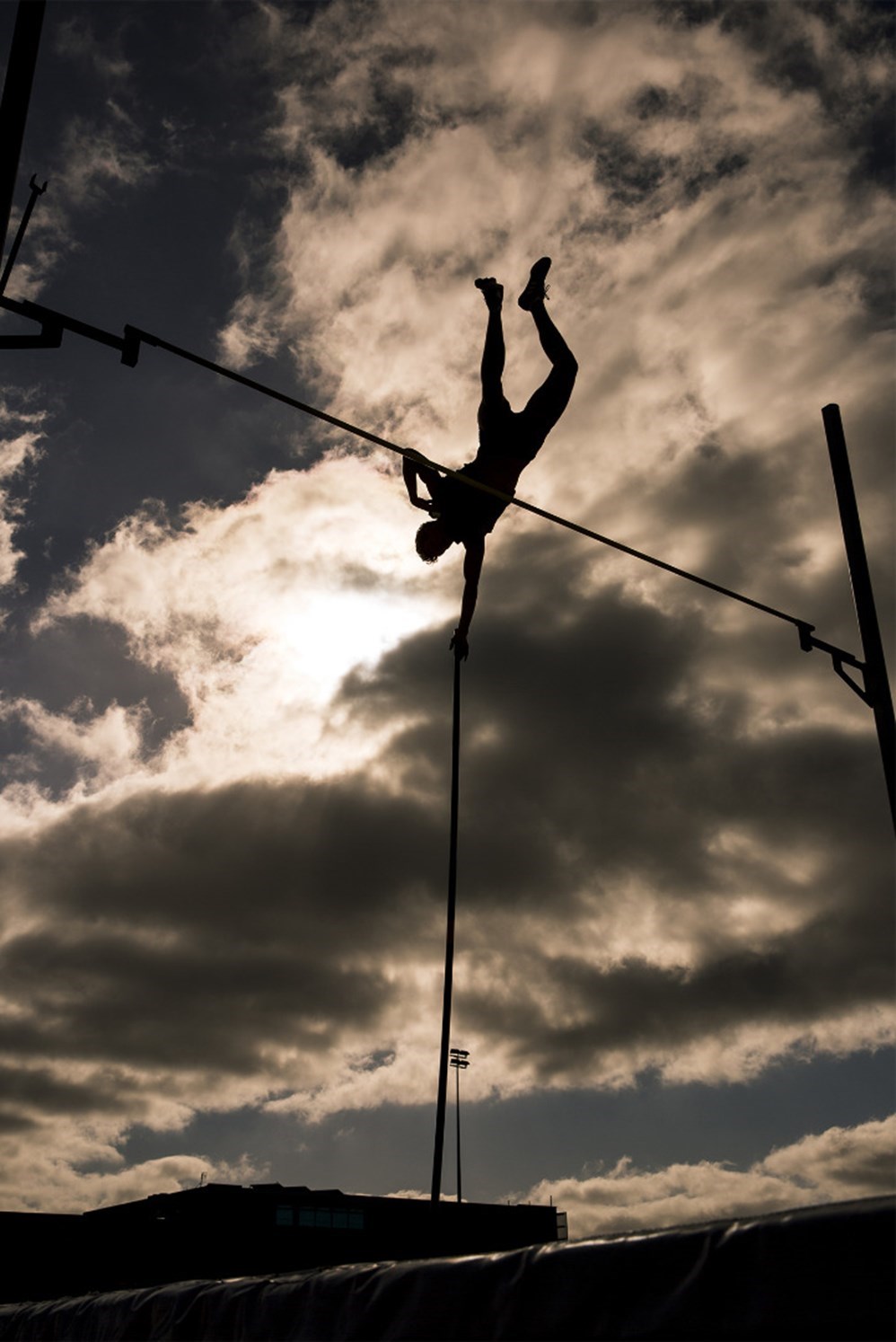
What’s your dream project?
Photographing at the Olympics is right at the top!! But also creating campaigns for sporting brands/events would be awesome too!
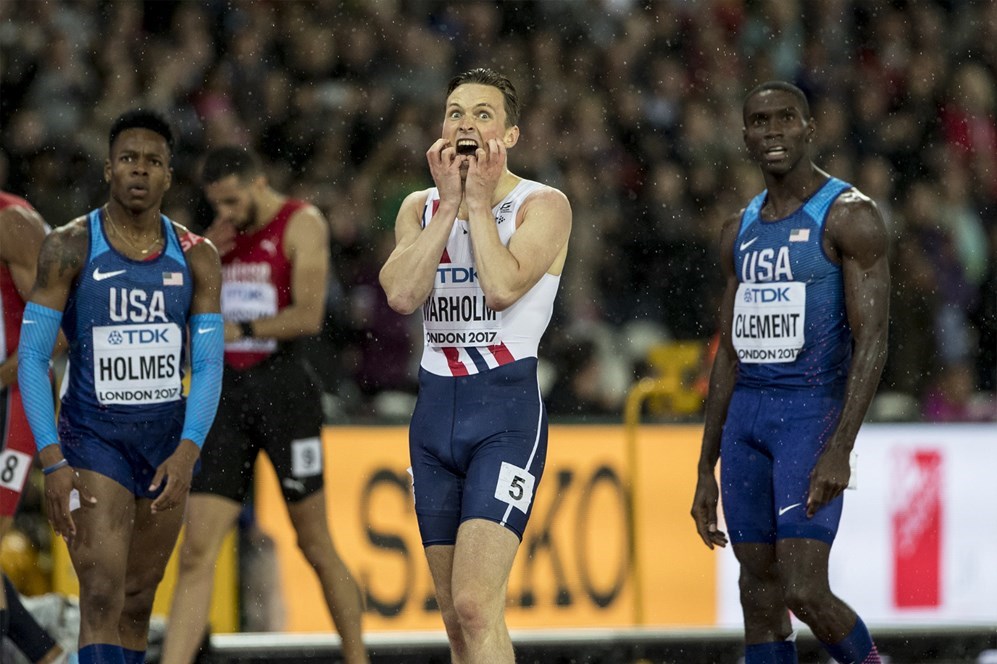
Gear Talk…What are you shooting with and why?
So.. I probably have the most lacking sports photography kit out there but it works for me and eventually I will add to it but anyway.. it's all about the operator isn't it? I am a Canon kid and my kit is:
5DMKIII
7DMKII
300mm 2.8 L IS II
70-200mm 2.8 L IS II
24-70mm 2.8 L II
PocketWizard Flex TT5
2x 580 EX II Speedlite
BlackRapid Double Strap
BlackRapid Single Strap
My 5D is my workhorse. It is beautiful (as you know). And likely when I get back from the world championships in Doha this year I will add the mk4 to my kit. (On big jobs outside of sport I always hire one). My 70-200 pretty much lives on my 5D. I also use only my 5D for all my commercial / event / wedding work as well. I have had it for almost 4 years now and I have already replaced the shutter once. It is also banged up pretty bad and you can see the silver coming through. I will use my 5D till it dies!
My 7D for all my work outside of sport turns into a glorified lens holder. I use a BlackRapid double strap when shooting anything I will need 2 lenses for on the go and the strap makes it real easy to swap on the fly! But for sport it is great because it's pretty damn fast! And the 10fps against the 5D is handy. My all time best photo; the biggest fluke of my life that granted me as a finalist in the NZ Sport Journalism Awards for best photo of the year, was shot on the 7D and it was a pole snap and there was one frame in the whole sequence. I know on the 5D I might not have captured it or as well as I did! the 7D and my 300 are such a great pair as well. The 1.6x crop on the 7D effectively gives me 480mm in reach which is so handy and of course the 300 is light enough you can hand hold it if you want to, then I also have the flexibility of having real 300mm when it is on my 5D. But one of the things that is great of the 7D is using it as a remote. I always use it for a remote camera with the 5D as the primary trigger. Cause I am not actually there with the 7D, the extra frame rate helps me nab those in-between frames. The 7D also works beaut with my 24-70.
Speaking of the pocket wizards, I only got remotes beginning of this year... so I have only begun using them but I love them! (Means I can also get selfies pole vaulting lol). It is great for an extra angle to your story! It is a pain in the butt to set up but once it's going you are good to go! You can't set up mid action so you have to 'guess' where the athlete goes, put on manual focus and leave it. So it's always fun to go back and see if you nailed it or straight up missed!
The speedlites I use for events, documentation, celebrations with trophies and also off camera for some other creative work. They are illegal to use at most athletics events however. Which is never a problem cause the stadium lighting is so good!
And of course my BlackRapid straps. Single or Double depending on the job. They are great as you can walk around eating a sandwich with 2 hands and not worry about your gear slipping off your shoulders. Also you can climb things.. quite handy. Also for marathons I am often on the back of a motorbike.. also handy. It is also quite nice to give my friends hugs over the fence when they kill it, without worrying about dropping my gear in the process :)
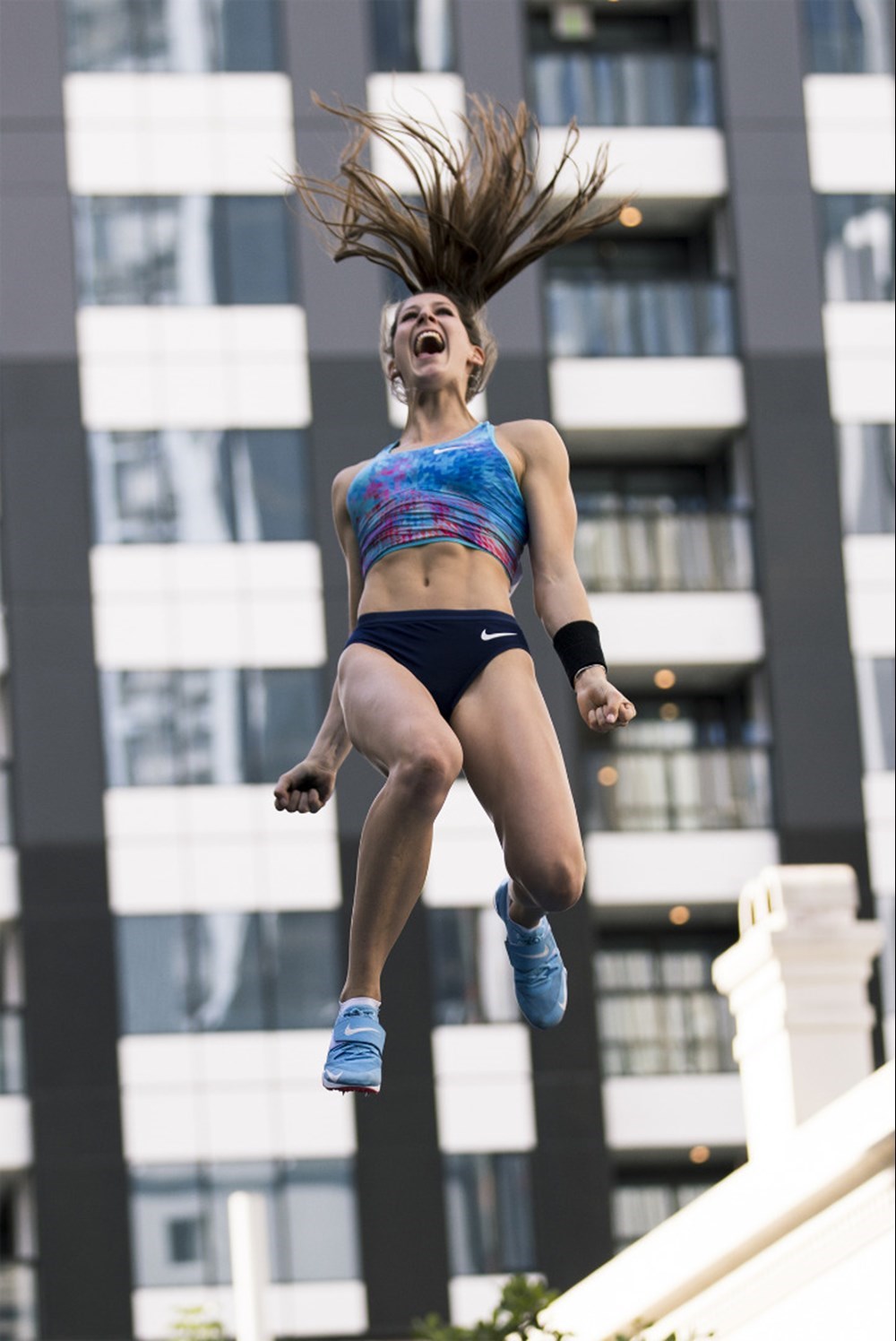
Find more of Alisha's work:
www | www.alishalovrich.com
Instagram | @alishalovrich
facebook | Alisha Lovrich Photography and Design

 +9 529 5055
+9 529 5055